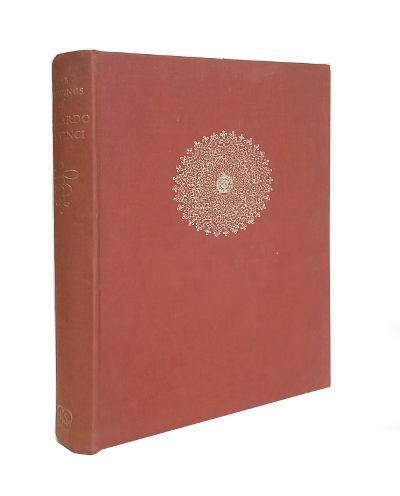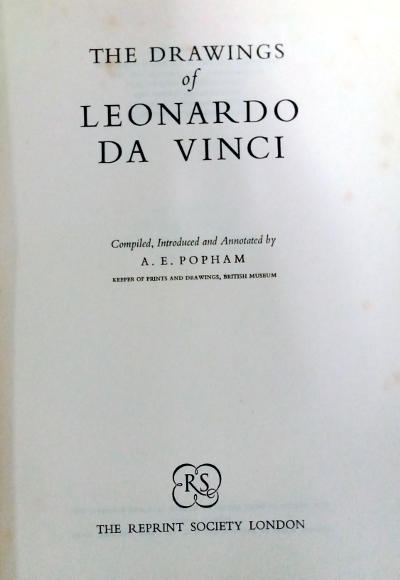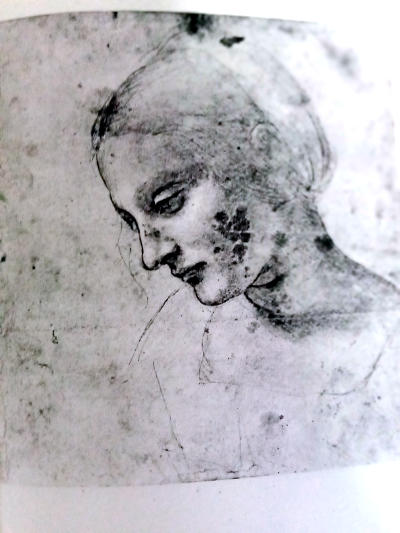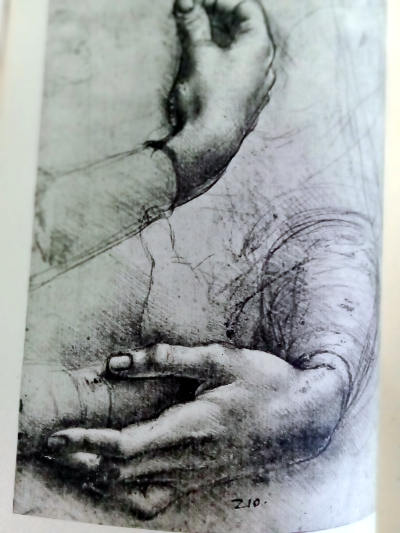About da Vinci’s notebooks (from Wikipedia):
Renaissance humanism recognised no mutually exclusive polarities between the sciences and the arts, and Leonardo’s studies in science and engineering are sometimes considered as impressive and innovative as his artistic work. These studies were recorded in 13,000 pages of notes and drawings, which fuse art and natural philosophy (the forerunner of modern science). They were made and maintained daily throughout Leonardo’s life and travels, as he made continual observations of the world around him. Leonardo’s notes and drawings display an enormous range of interests and preoccupations, some as mundane as lists of groceries and people who owed him money and some as intriguing as designs for wings and shoes for walking on water. There are compositions for paintings, studies of details and drapery, studies of faces and emotions, of animals, babies, dissections, plant studies, rock formations, whirlpools, war machines, flying machines and architecture.
These notebooks—originally loose papers of different types and sizes, were largely entrusted to Leonardo’s pupil and heir Francesco Melzi after the master’s death. These were to be published, a task of overwhelming difficulty because of its scope and Leonardo’s idiosyncratic writing. Some of Leonardo’s drawings were copied by an anonymous Milanese artist for a planned treatise on art c. 1570. After Melzi’s death in 1570, the collection passed to his son, the lawyer Orazio, who initially took little interest in the journals. In 1587, a Melzi household tutor named Lelio Gavardi took 13 of the manuscripts to Pisa; there, the architect Giovanni Magenta reproached Gavardi for having taken the manuscripts illicitly and returned them to Orazio. Having many more such works in his possession, Orazio gifted the volumes to Magenta. News spread of these lost works of Leonardo’s, and Orazio retrieved seven of the 13 manuscripts, which he then gave to Pompeo Leoni for publication in two volumes; one of these was the Codex Atlanticus. The other six works had been distributed to a few others. After Orazio’s death, his heirs sold the rest of Leonardo’s possessions, and thus began their dispersal.





